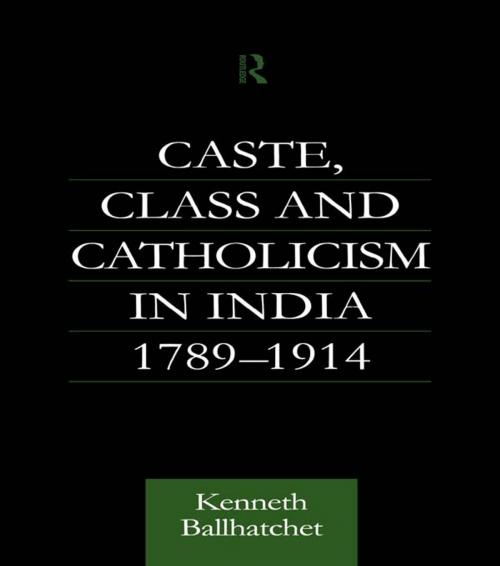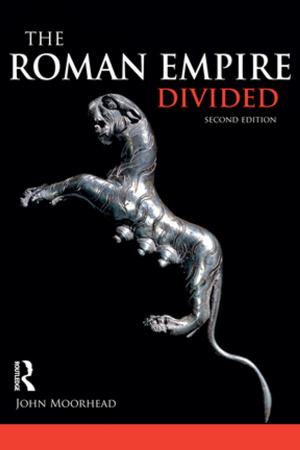Caste, Class and Catholicism in India 1789-1914
Nonfiction, Social & Cultural Studies, Social Science, Cultural Studies, Ethnic Studies| Author: | Kenneth Ballhatchet | ISBN: | 9781136816963 |
| Publisher: | Taylor and Francis | Publication: | December 16, 2013 |
| Imprint: | Routledge | Language: | English |
| Author: | Kenneth Ballhatchet |
| ISBN: | 9781136816963 |
| Publisher: | Taylor and Francis |
| Publication: | December 16, 2013 |
| Imprint: | Routledge |
| Language: | English |
This is a study of the ways in which changing social expectations among Indian Catholics confronted the Roman Church with new questions, as well as giving fresh urgency to the old problem of the persistence of caste among Christians. Low-caste restiveness prompted different reactions among European missionaries and high-caste Indian priests, and the socio-economic significance of religious conversion became a problem that reached the level of the Apostolic Delegate, and eventually of the Pope. The English brought their social attitudes to India, where they became racial attitudes while retaining their triple functions of supporting authority structures, protecting vested interests and providing psychological reinforcement, Roman Catholic missionaries came from different European countries and brought with them different national attitudes to social mores. A major question asked in this book is how far such national differences were reflected in attitudes to caste, class and sexual behaviour, how similar were the attitudes of Indian Christians, and how far the functions of such attitudes remained constant.
This is a study of the ways in which changing social expectations among Indian Catholics confronted the Roman Church with new questions, as well as giving fresh urgency to the old problem of the persistence of caste among Christians. Low-caste restiveness prompted different reactions among European missionaries and high-caste Indian priests, and the socio-economic significance of religious conversion became a problem that reached the level of the Apostolic Delegate, and eventually of the Pope. The English brought their social attitudes to India, where they became racial attitudes while retaining their triple functions of supporting authority structures, protecting vested interests and providing psychological reinforcement, Roman Catholic missionaries came from different European countries and brought with them different national attitudes to social mores. A major question asked in this book is how far such national differences were reflected in attitudes to caste, class and sexual behaviour, how similar were the attitudes of Indian Christians, and how far the functions of such attitudes remained constant.















